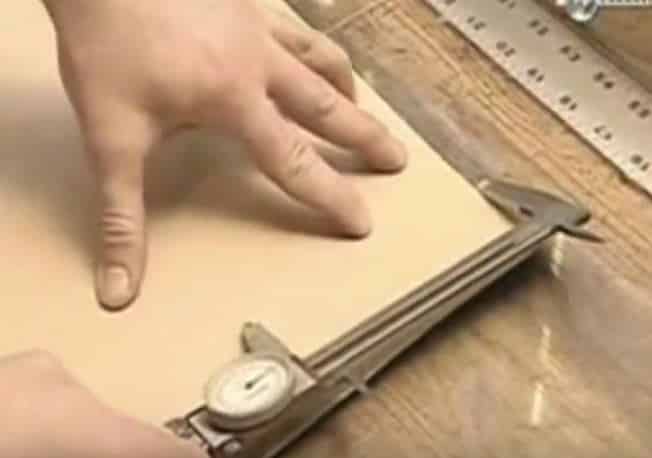If you are anything like me, you get curious about how various things are made. I wondered for years about how exactly graphite was so perfectly formed into the fly rods that we use. The process is very interesting, yet not quite as complex as you might imagine. In the following video, we will see just what it takes to make a fly rod from start to finish at the Thomas and Thomas factory.
I will summarize the process in case you cannot watch the video.
- Basically a sheet of graphite is carefully measured and cut in triangular shapes and rolled onto a tapered steel bar that is the mold for the ideal rod shape.
- The various pieces are cut and carefully fitted together. An extra strip of graphite is rolled onto the lowest portion of the two top pieces creating the re-enforced ferule.
- The rods are wrapped tightly with polypropylene tape to remove air pockets that are potentially in between the layers of graphite and placed into an oven to cook for about 1.5 hours. This will bake the rolled graphite into one solid durable piece. Once baking is done, the tape is scraped off.
- The fly rod blanks are then dipped in lacquer of various colors, to give them a nice shine and durable coating. After another baking, the rods are measured again and checked for proper fit.
- The guides and hardware are installed and the completed rod is ready for the water.

